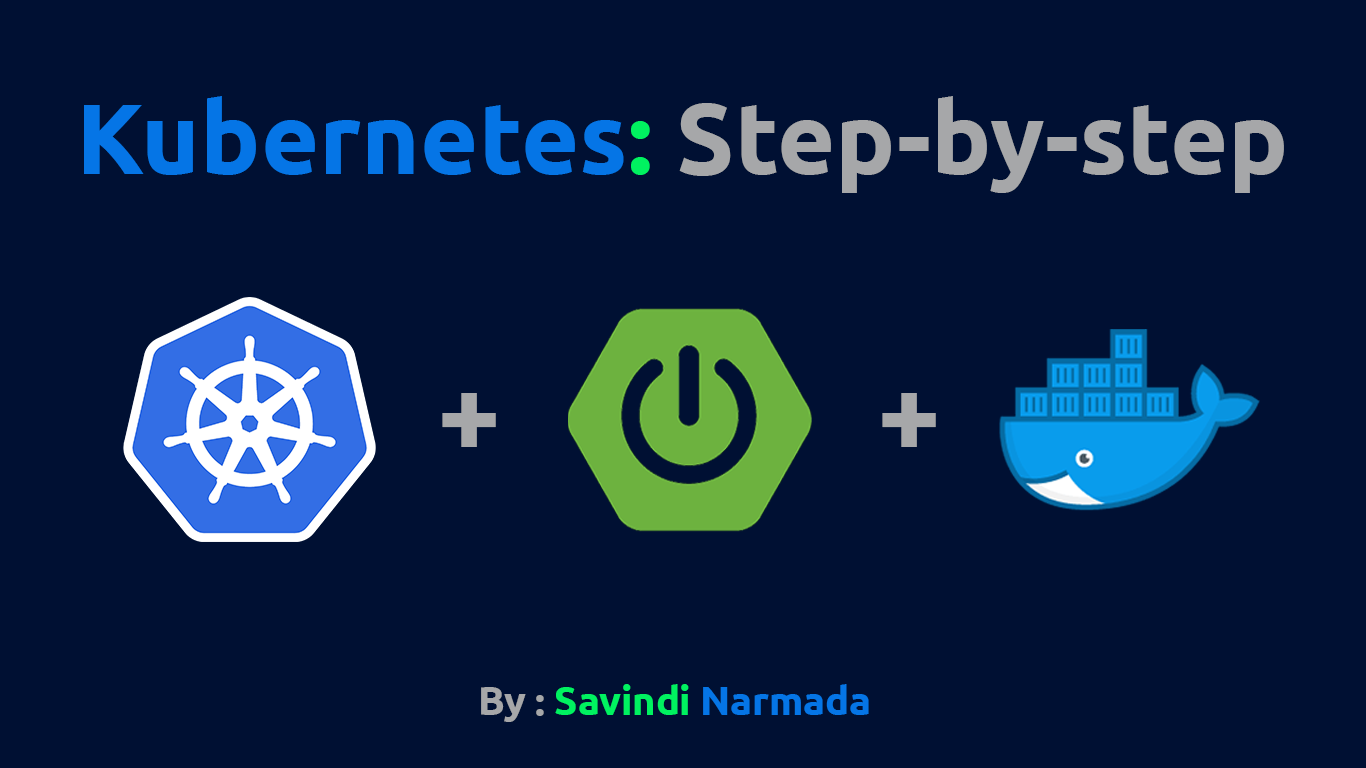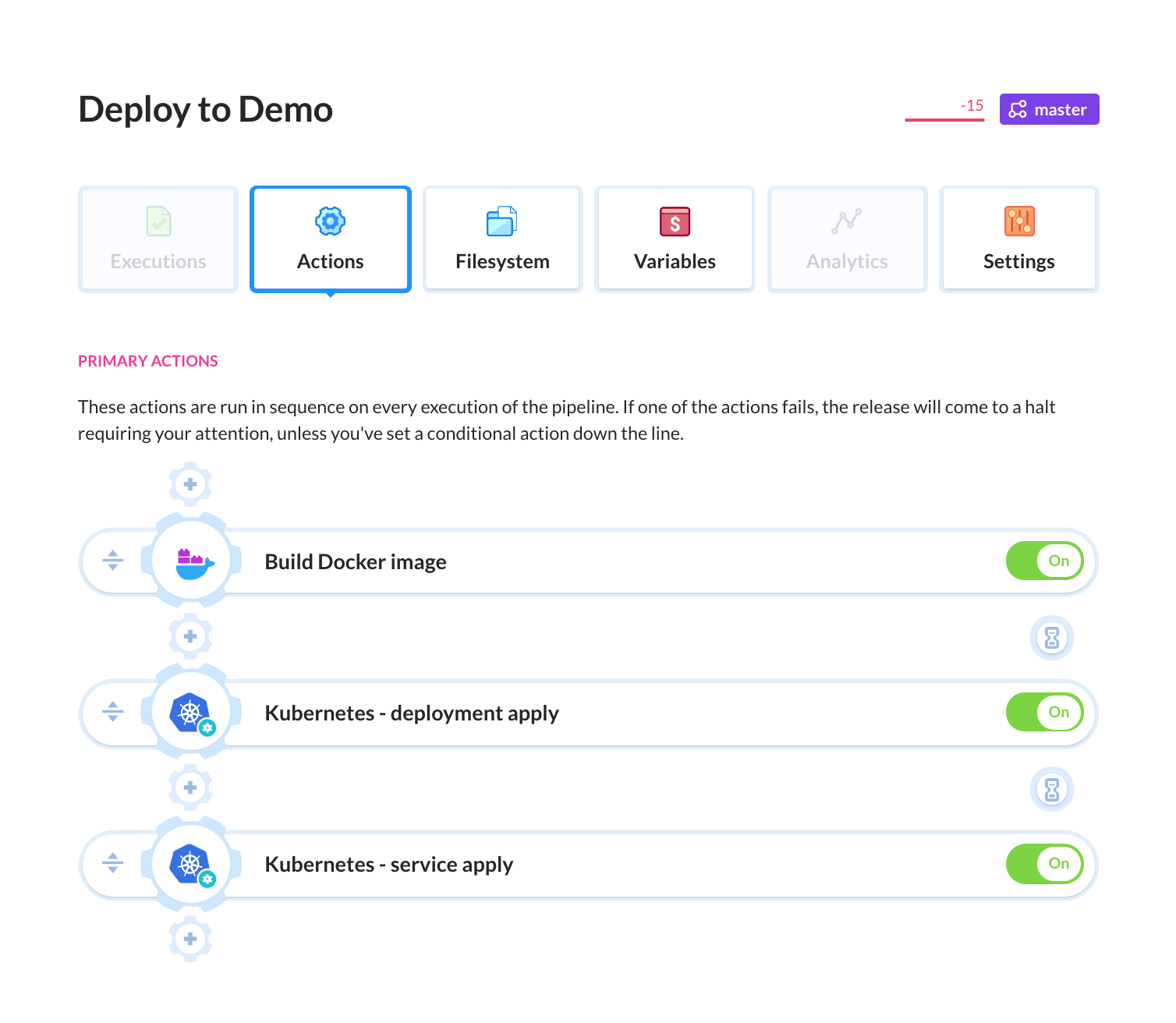


For instructions on installations for MacOS or Windows, see the official Docker documentation.
#Docker and kubernetes tutorial how to
The following steps show how to install Docker on an Ubuntu Linux operating system, from the command line. To learn more about containers, Docker and Kubernetes, check out the useful links at the end of this tutorial. Cloud Native: Building apps for Kubernetes mean embracing Cloud-native design: the building and running of scalable applications in modern, dynamic Cloud environments.Reliability: Kubernetes keeps containerized workloads up and running at all times.Scalability: Kubernetes is ideal for quickly scaling your application deployment up or down adding and removing containers depending on the need.Agility: With containerization, development and delivery is faster, more agile and more flexible.Efficiency: Containerization uses fewer resources than Virtual Machines.Portability: Containerized applications can be run on any cloud, platform or machine.Here are just a few advantages of this type of deployment, with containers and Kubernetes: There are many advantages to building and deploying applications in this way. Use Kubernetes to orchestrate the deployment of your containerized app at the appropriate scale.While these concepts can seem quite abstract and overwhelming, in reality if you do everything in order it is not difficult or scary. Kubernetes: An open source container orchestration platform, designed to automate the deployment, scaling and management of containerized applications. Alternatives to Docker include Podman and LXC, though Docker is the market leader and the one we’ll be using in this tutorial. As well as building containerized application images, Docker also lets you run them and much more.
#Docker and kubernetes tutorial portable
Key concepts: containers, Docker and Kubernetesīefore starting the practical steps of this tutorial, we review a few key concepts that must be understood first:Ĭontainer: A portable package of software that includes its own environment and dependencies (code, runtime, configuration, system libraries) so that it can run on any host system.ĭocker: An open source platform to package applications into containers.


 0 kommentar(er)
0 kommentar(er)
